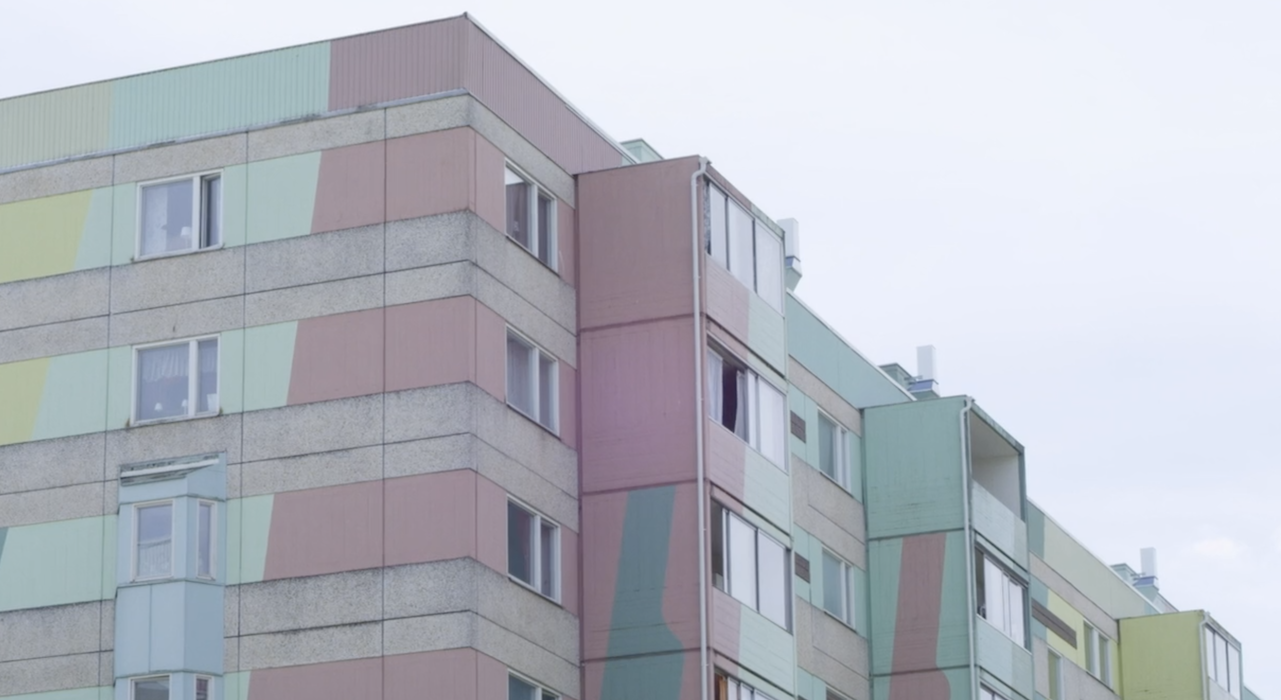Råslätt and the Mix Dancers
›råslätt is notable for its concrete-block buildings designed by architect lars stalin, which were built between 1967– 1972 under the swedish government’s ambitious million Programme. the neighbourhood was built around a centre comprising schools, sports fields, a church and other public services, informed by the then radical thinking prevalent in state town planning around the functions and needs of neighbourhoods.2 In the 1980s, the brutalist architecture was ‘softened’ by artists Jon Pärson and lennart Joanson, who painted 80,000 square metres of building surface with pastel colours. Despite efforts to improve the quality of the environment, like many other estates established in the same period, plans for public spaces prioritised male activity and a narrow conception of ‘sport’, leading to a predominance of sporting arenas. Dance, on the other hand, has been viewed as culture rather than leisure and sport, and as such was ignored by funding steams accessible for sport. (…)
In the news, råslätt, like many other million Programme residential areas, receives overwhelmingly negative reporting. Internet search results are dominated by stories about social problems, crime, and unrest. the mass media ignore all local differences, and regard all million Programme districts as one and the same. rather than being their own, individual local communities, they are represented as a continuous, connected whole. this is by no means a recent development. As anybody who has studied the million Programme knows, stories like these have been in circulation for more than half a century. this history is dominated by outside accounts of how these areas, as an effect of their very planning and architecture, have impacted the people who live in them.
Seen locally as a success story, mix Dancers have been heralded by politicians and local press. however, despite mix Dancers’ important role as members and role models of their community, the group’s activities are still being run on a voluntary basis from a rented basement.‹ – Tor Lindstrand on ›In Purple‹ | read more in this Booklet
